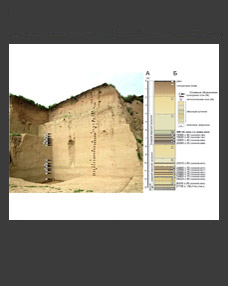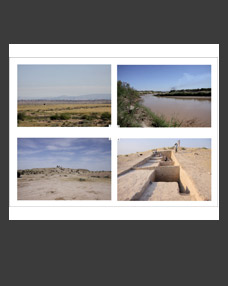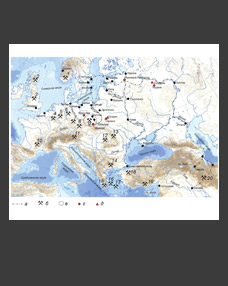Lyudmila A. Chindina1,*, Aleksandr A. Belyaev1,**, and Maria P. Chernaya1,2,***
1National Research Tomsk State University, Russia
2Institute of Archaeology and Ethnography of the Siberian Branch of the Russian Academy of Sciences, Novosibirsk, Russia
*E-mail: chindina37@mail.ru
**E-mail: pmz2@list.ru
***E-mail: mariakreml@mail.ru
Keywords: Kulaika culture, bronze casting, bone flux as a reducing agent.
The article presents a review of the history of studying the Kulaika culture since the discovery of bronze items on Mount Kulaika in Tomsk Region. Issues of unique bronze casting remain one of the main areas in the study of the Kulaika society. Potential sources of copper and alloying components closest to the compositions of the Kulaika bronzes were identified: they include the Southern Urals, Northwestern and Central Kazakhstan, the northern spurs of the Kuznetsk Alatau, and the Salair Ridge. The use of animal bones as an effective flux and reducing agent in metal smelting and their addition to clay to produce refractory ceramics was substantiated. The study also proves the use of bone measuring spatula spoons for adding crushed bones to the melt. It is concluded that the Kulaika people achieved a high degree of organization of the metal product manufacturing. In the absence of their own ore base, they built optimal logistics for delivering metal to their areas of residence and managed to improve the quality of smelting from secondary raw materials.
DOI: 10.31857/S0869606325010056, EDN: BGXYWI







